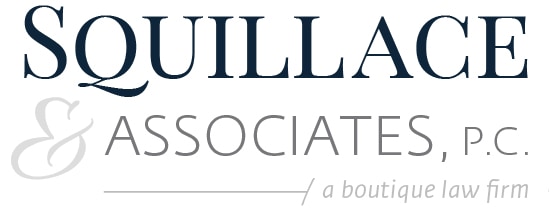Unfortunately, trusts are merely documents and cannot carry out the instructions found within their pages. That requires human intervention.
There are actually many things to do after the death of a loved one – even if they died with a fully funded trust in place. The things that must be completed are often referred to as “trust settlement” or “estate settlement.”
Just like probate, the details of trust settlement may vary from state to state. However, most estate and trust settlements will include these elements:
- Even in a trust-centered plan, the decedent probably also has a will called a “pour over” will. It is used to transfer assets to the trust that may have been overlooked during the decedent’s lifetime. If that is the case, the pour over will must be found and filed with the probate court just like any other will.
- The Trustee who was named in the trust document to take charge after the decedent’s death is notified, and he or she immediately locates and takes control of the decedent’s assets and financial records. In some states, the Trustee will be required to file an inventory of the assets.
- The Trustee is responsible to protect those assets, ensuring that personal effects are not removed from the home, for example, and that the home is secure.
- The Trustee obtains several copies of the death certificate for use in carrying out administrative duties.
- The Trustee sends death notices and notices of administration to the Beneficiaries named in the trust, as well as to any known creditors.
- The Trustee obtains a taxpayer identification number from the IRS for the decedent’s trust, and opens a separate account in the name of the trust for administration of the estate.
- The Trustee notifies banks, brokerage firms, insurance companies, and other financial institutions that he or she is the successor trustee on all accounts and assets. The financial institutions will often require a copy of the trust (or certain articles of the trust) to prove the Trustee’s claim.
- The Trustee provides a change of address to the Post Office so that he or she can receive all of the decedent’s mail until the estate is settled.
- The Trustee locates any funds that are owed to the decedent such as a final paycheck or bonus, death benefits from Social Security or the Veterans Administration, or debts owed to the decedent by others.
- If the decedent was a business owner, the Trustee follows the trust instructions concerning temporary management of the business, the existence of any buy-sell agreements, and the final transfer of the business to the beneficiaries or to an outside buyer.
- The Trustee files any required tax returns such as a final form 1040 for the decedent’s income taxes, a form 706 for estate taxes, or trust returns, and pays any taxes that are due.
- The Trustee files a final accounting to be approved by the Beneficiaries, and in some states, a final Petition for Discharge.
- The Trustee distributes all remaining assets to the Beneficiaries in keeping with trust instructions.
Although this process avoids making the family’s affairs public, it will still require time, and quite often the services of an attorney and/or accountant. So although probate avoidance is often a goal of trust planning, it doesn’t mean that there will be nothing to do. The biggest benefit of trust planning over will planning is not necessarily avoiding probate. Rather, it is the ability to provide detailed instructions during life, during disability, and after death, as well as possibly providing the beneficiaries with creditor protection.
